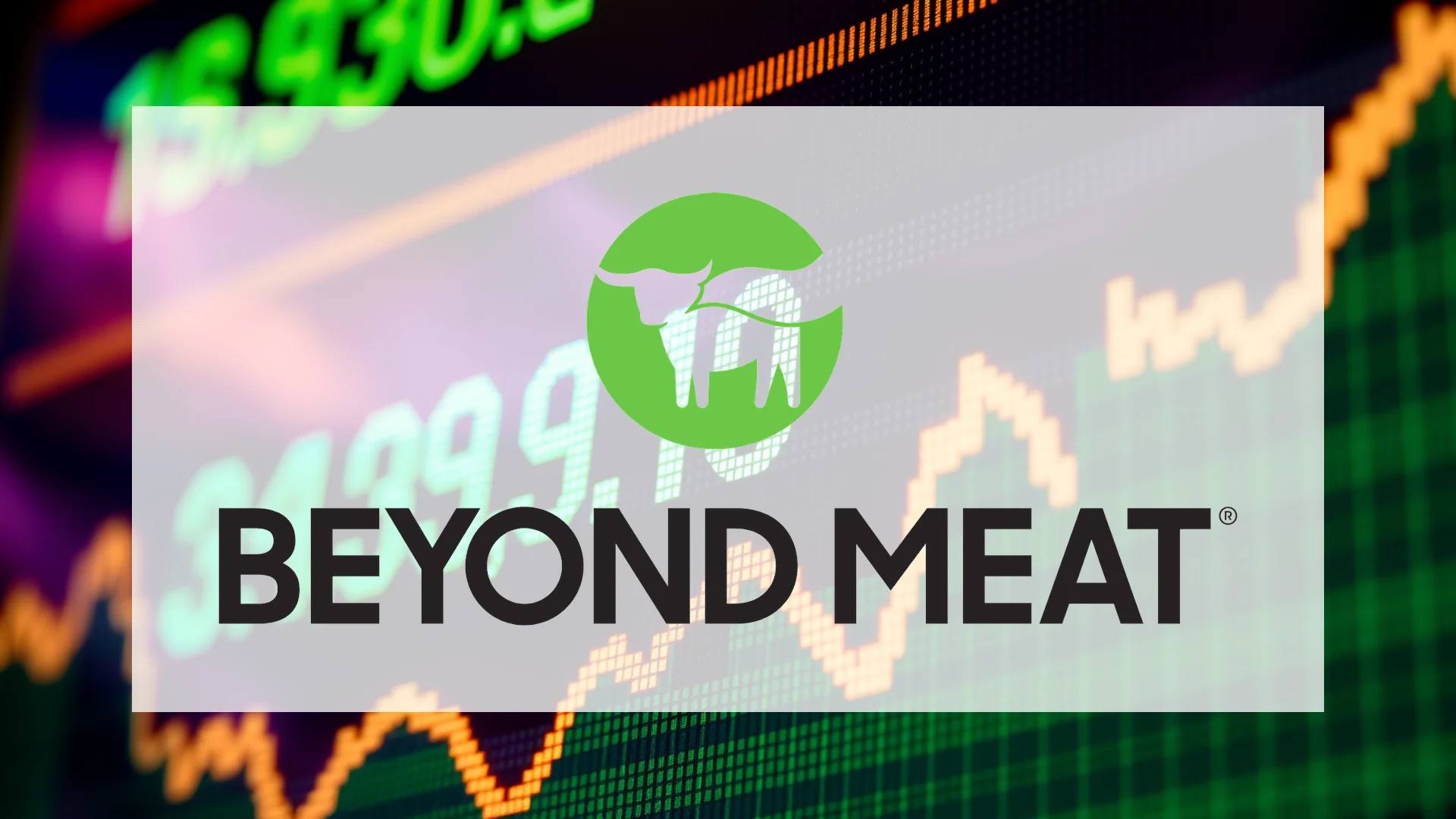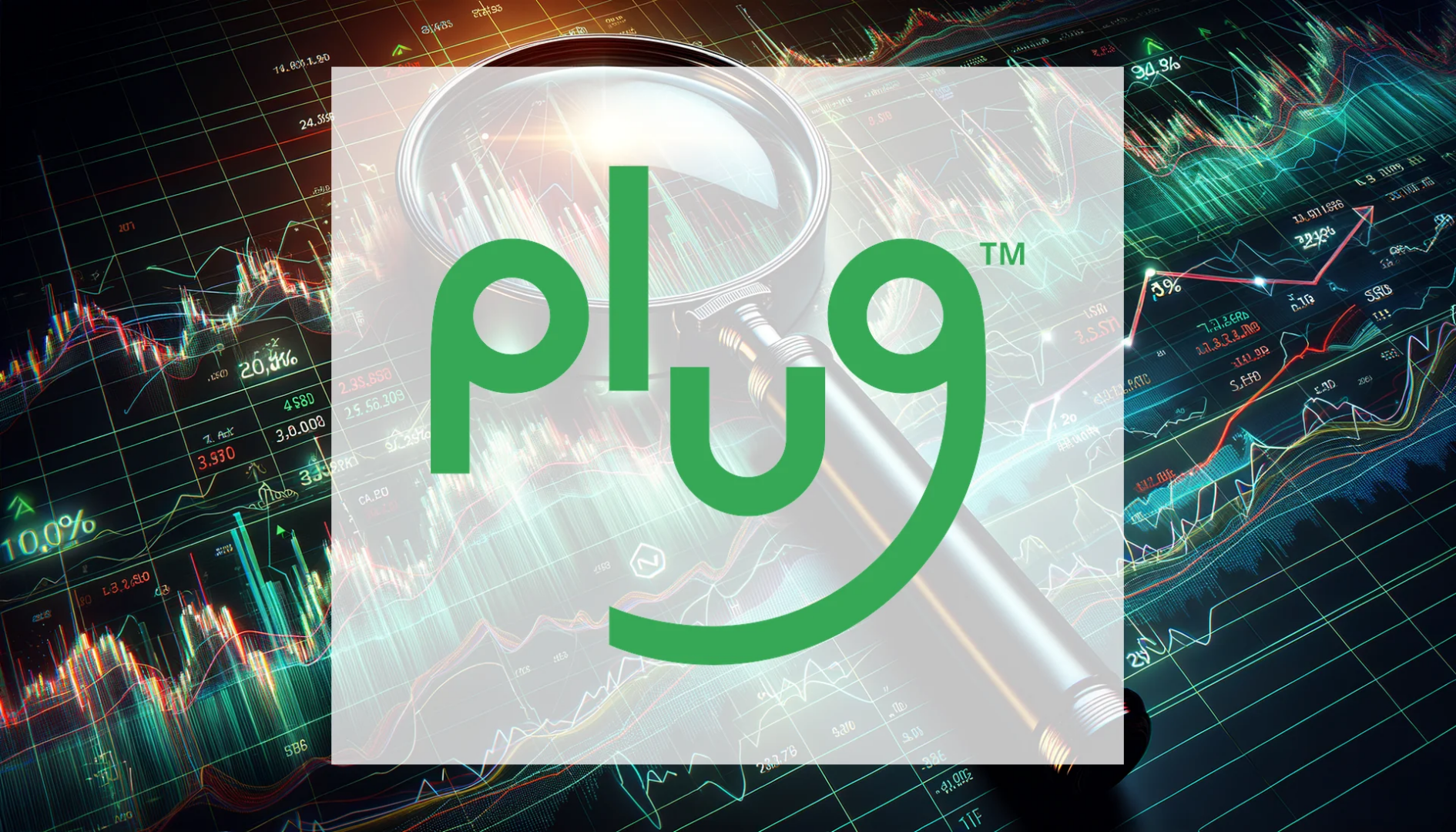The financial services giant Charles Schwab finds itself at a curious crossroads. On one hand, the firm is delivering an exceptional operational performance, marked by multi-billion dollar asset inflows and record-breaking profits. On the other, its own top executives have been engaged in a significant selling spree of their company shares. This divergence is creating a complex puzzle for investors, who must decide whether the insider activity signals an impending correction or merely represents personal financial planning.
Unprecedented Fundamental Strength
Schwab’s business fundamentals are currently firing on all cylinders, presenting a picture of robust health. The firm’s second-quarter 2025 results shattered expectations across key metrics:
- Adjusted EPS: $1.14 (surpassing forecasts)
- Net Revenue: $5.85 billion (a 25% year-over-year increase)
- Net New Assets: $80.3 billion (up 31%)
- Total Client Assets: A record high of $10.76 trillion
This powerful momentum showed no signs of slowing as recently as July 2025. Client assets climbed even higher to $10.96 trillion, while net new assets surged by a substantial 62%. From a purely operational standpoint, the company’s strength is undeniable.
A Wave of Executive Share Sales
In stark contrast to these stellar results, a notable wave of insider selling has emerged. Several high-ranking company officers divested substantial portions of their holdings throughout August. The most prominent sale came from Co-Chairman Charles R. Schwab himself, who disposed of shares valued at over $13 million on August 27. He was followed by General Counsel Peter J. Morgan III, who sold nearly $5 million worth of stock. In total, this coordinated selling activity reached a scale of $46-47 million within a single month, suggesting a cautious internal outlook on the stock’s future price performance despite the excellent business figures.
Should investors sell immediately? Or is it worth buying Schwab?
Divided Sentiment on Wall Street
The reaction from the broader market to these mixed signals has been varied. Wall Street research firms have largely maintained a bullish stance, seemingly unperturbed by the insider transactions. In late July, Morgan Stanley raised its price target to $131. Truist Securities followed suit in mid-August, setting a target of $112. The consensus view among the 18 analysts covering the stock remains an “Outperform” rating with a price target hovering around $104-$105.
However, the behavior of major institutional investors reveals a more conflicted picture. JPMorgan Chase was a major buyer in Q2, acquiring 16.4 million shares worth $1.5 billion. Conversely, Citadel Advisors slashed its position by a dramatic 95.3%. Dodge & Cox, which lists Schwab as a top holding, first added to its position only to make a minor reduction at the end of August.
Supportive Economic Backdrop
Macroeconomic conditions continue to provide a supportive environment for Schwab’s business model. The U.S. economy grew at an annualized rate of 3.3% in the second quarter, marking a significant recovery from a weak start to the year. This ongoing economic robustness is a clear tailwind, even though persistently above-target inflation continues to delay interest rate cuts from the Federal Reserve.
The central question for investors remains unanswered: Do the insiders possess non-public knowledge that the market has yet to digest? Or are these transactions simply routine portfolio adjustments with no bearing on the company’s future prospects? Given the formidable fundamental strength and overwhelmingly positive analyst ratings, the evidence may lean toward the latter. Nevertheless, the sheer volume of selling by management will undoubtedly keep the investment community on alert.
Ad
Schwab Stock: Buy or Sell?! New Schwab Analysis from December 3 delivers the answer:
The latest Schwab figures speak for themselves: Urgent action needed for Schwab investors. Is it worth buying or should you sell? Find out what to do now in the current free analysis from December 3.
Schwab: Buy or sell? Read more here...










